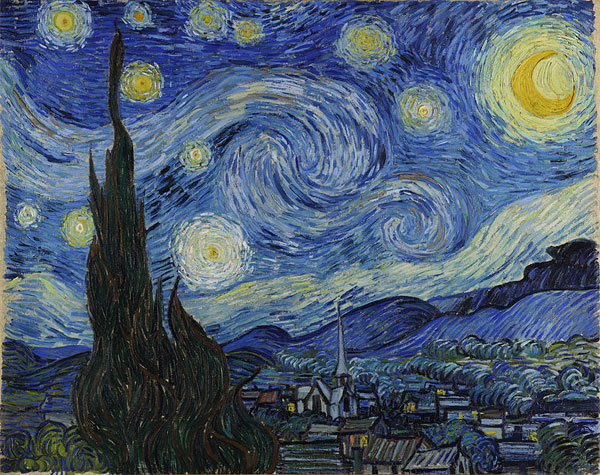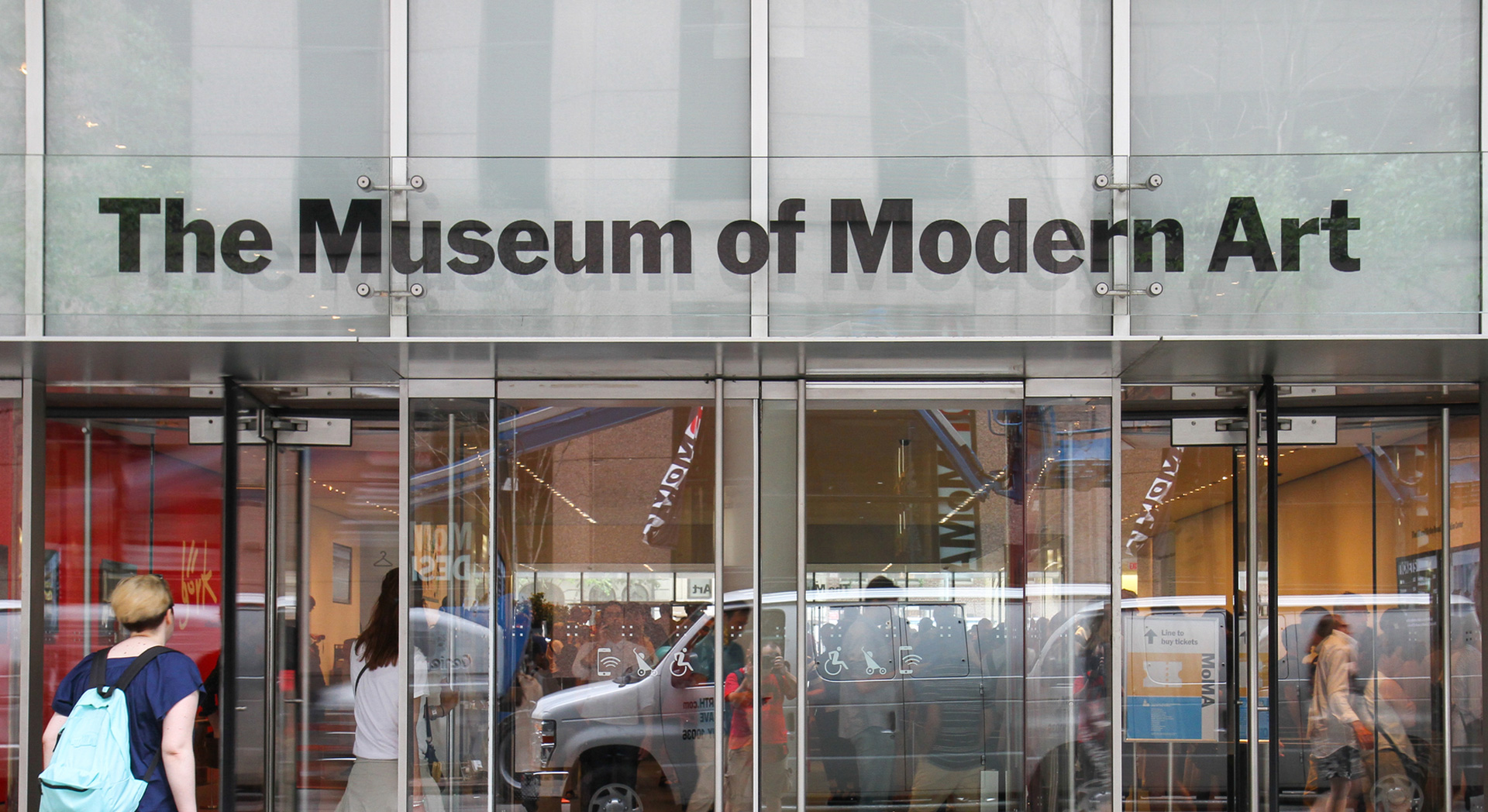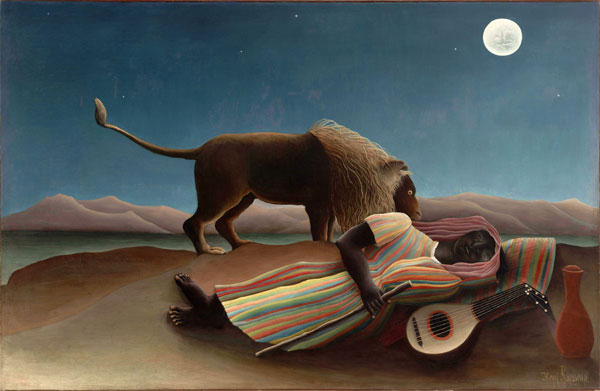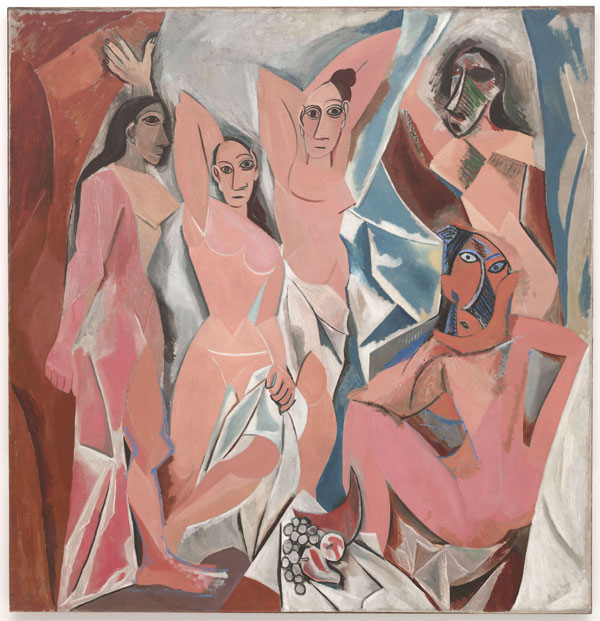MoMA has a huge collection of works, unique in the entire world. We have selected for you 10 of the most beautiful paintings in the Museum of Modern Art in New York that you should not miss at all.
The Persistence of Memory – Salvador Dalí (1931)

The Persistence of Memory is a 1931 painting by artist Salvador Dali, and is one of the most recognizable historical works. It first appeared at the Julien Levy Gallery in 1932, and then ended up in the collection of the Museum of Modern Art (MoMA) in New York from 1934. The well-known surrealist work features the image of a melted pocket watch and is considered to make people reflect on lifestyle them and the way they spend their time. It is also believed that Albert Einstein’s Theory of Relativity was inspired by this magnificent work. The dimensions of the painting are 24 cm × 33 cm.
Starry Night – Vincent Van Gogh (1889)

Starry Night is a painting by Dutch post-impressionist artist Vincent van Gogh. Created in June 1889, it depicts the view outside the window of a room at the Saint-Remy-de-Provence sanatorium (located in the south of France) at night, although it was painted during the day. It has been in the permanent collection of the Museum of Modern Art in New York since 1941. The dimensions of the painting are 73.7 cm × 92.1 cm.
Water Lilies – Claude Monet, (1920)

Water Lilies is a series of approximately 250 oil paintings by the French impressionist Claude Monet (1840-1926). The paintings depict the flowers in Monet’s garden at Giverny and were the focus of Monet’s artistic output during the last thirty years of his life. Many of the works were painted while Monet was suffering from cataracts. Water Lilies are housed in many museums around the world. The painting at the Museum of Modern Art in New York measures 200 cm × 1.276 cm.
The Sleeping Gypsy – Henri Rousseau (1897)
Sleeping Gypsy is an 1897 oil painting by the French Naïve artist Henri Rousseau. The fantastic depiction of a lion rampaging over a sleeping woman on a moonlit night is one of the most recognizable works of art of the modern era. Because of Rousseau’s unique painting style of colors and sharp lines, he influenced young artists such as Picasso and Frida. The dimensions of the painting are 129.5 cm × 200.7 cm.
Campbell’s Soup Cans – Andy Warhol (1962)

Campbell’s Soup Cans is a work of art created in 1962 by Andy Warhol. It consists of 32 canvases, 51 cm × 41 cm, each depicting a different can of Campbell’s soup that existed at the time. Campbell’s Soup Cans helped launch Pop Art as a major art movement in the United States.
Les Demoiselles d’Avignon – Pablo Picasso (1907)
Les Demoiselles d’Avignon is a large oil painting created in 1907 by the Spanish artist Pablo Picasso. The work depicts five naked prostitutes from a brothel on Carrer d’Avinyó in Barcelona. Each figure is portrayed in a disturbingly confrontational manner, and none appear as conventional women. The women appear slightly menacing and are rendered with angular and incoherent shapes. Two of them appear with African faces and three with Iberian-style faces, giving them a wild aura. The dimensions of the painting are 243.9 cm × 233.7 cm.
Broadway Boogie Woogie – Piet Mondrian (1943)

Broadway Boogie Woogie is a painting by Piet Mondrian completed in 1943. Compared to his earlier works, the canvas consists of a much larger number of squares. Although he spent most of his career creating abstract art, this painting is inspired by real-world examples. The city grid of Manhattan and Boogie Woogie music, which Modrian liked, inspired the artist for this work. The dimensions of the painting are 127 cm × 127 cm.
The Dance (I) – Henri Matisse (1909)

The Dance consists of two related paintings made by Henri Matisse between 1909 and 1910. The first painting is the preliminary version for Matisse to study the second version. The composition of dancing figures is reminiscent of Blake’s watercolor “Oberon, Titania and Puck with fairies dancing” from 1786. In March 1909 Matisse painted a preliminary version of this work, known as Dance (I). It was a composition that used paler colors and less detail. The other painting is in The Hermitage museum in St. Petersburg. The dimensions of the painting are 259.7 cm × 390.1 cm.
I and the Village – Marc Chagall (1911)

I and the Village is a 1911 painting by French-Russian artist Marc Chagall. The work contains many soft, dreamlike images that overlap one another in a continuous space. The work features various elements from Oriental fairy tales and the culture of Europe. His frenetic, imaginative style is credited to Chagall’s childhood memories. We note that the green figure wears a necklace with a cross of Saint Andrew, which shows that the man is a Christian. As its title suggests, I and the Village is influenced by memories of the artist’s birthplace. The dimensions of the painting are 192.1 cm × 151.4 cm.
The Song of Love – Giorgio de Chirico (1914)

The Song of Love is a painting by the Italian painter Giorgio De Chirico. It is one of De Chirico’s most famous works and an early example of the Surrealist style, although it was painted ten years before the founding of the movement in 1924. It depicts an outdoor architectural setting similar to De Chirico’s other works. This time though, the main focus is on a small wall hanging a sculpted Greek head and a surgeon’s glove. Below is a green ball and on the horizon is the outline of a machine, an image that recurs several times during this period of De Chirico’s career. The dimensions of the painting are 73 cm × 59.1 cm.





